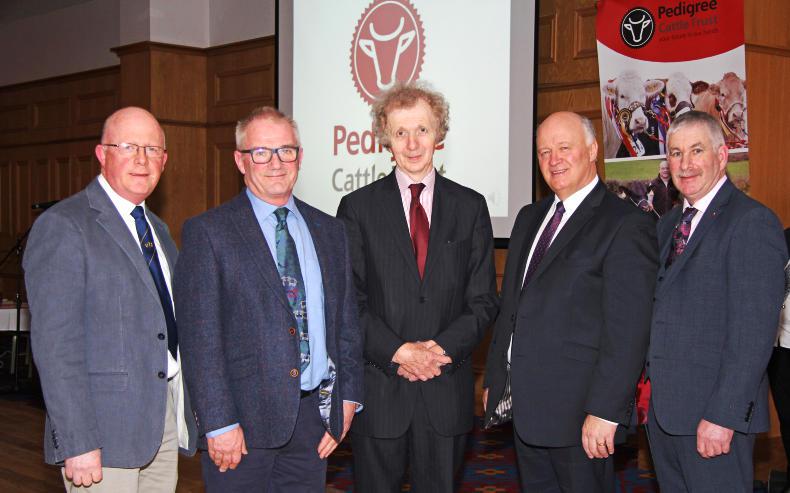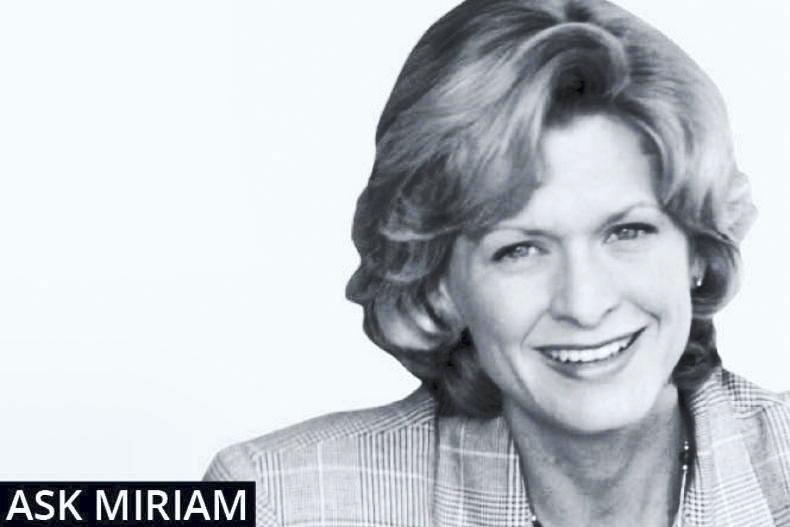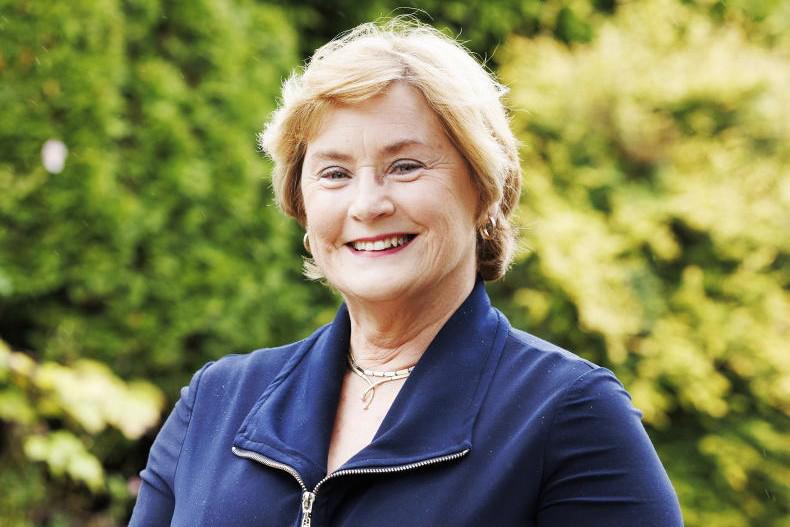It is over six years since the then Agriculture Minister Michelle O’Neill came forward with plans to introduce a new system for compensating TB reactor animals based on table values.
It is something in place in England since 2006, and updated each month based on average market values for cattle across a number of categories. For example, in November 2017, a pedigree bull over two years is valued at £2,476, a commercial bullock over 20 months at £1,027 and a commercial dairy cow up to seven years old is valued at £1,252.
The idea was not popular in NI, and was vigorously opposed by farm lobby organisations, and blocked by the agriculture committee at Stormont. At the time, DARD officials returned with plans to instead cap compensation, but that was also rejected, with MLAs saying they would not sign off on such a move without a comprehensive plan from government to deal with bovine TB. It resulted in Minister O’Neill setting up an independent advisory group (the TB Strategic Partnership Group) in 2014.
The group produced a final report in December 2016, and it is the content of this report that is set to be the basis for a public consultation due out from DAERA in the coming days.
While there are parts of the report that farmers will welcome, including recommendations to deal with TB in wildlife, it is the plan to cut TB compensation that will probably prove to be most contentious. The group recommended a cap of £1,500 for non-pedigree animals, and £1,800 for pedigree animals, with one stock bull per year valued up to £3,500.
It also floated the idea of limiting compensation to 75% of the cap at some point in the future. So, a cow valued at £1,600 would only be compensated to £1,125 (75% of £1,500). The group argues that capping compensation will help to encourage changes in culture, attitude and behaviour among farmers. However, it is specialist breeding herds that will take the biggest financial hit, which will be to the detriment of the entire cattle industry in NI.










SHARING OPTIONS